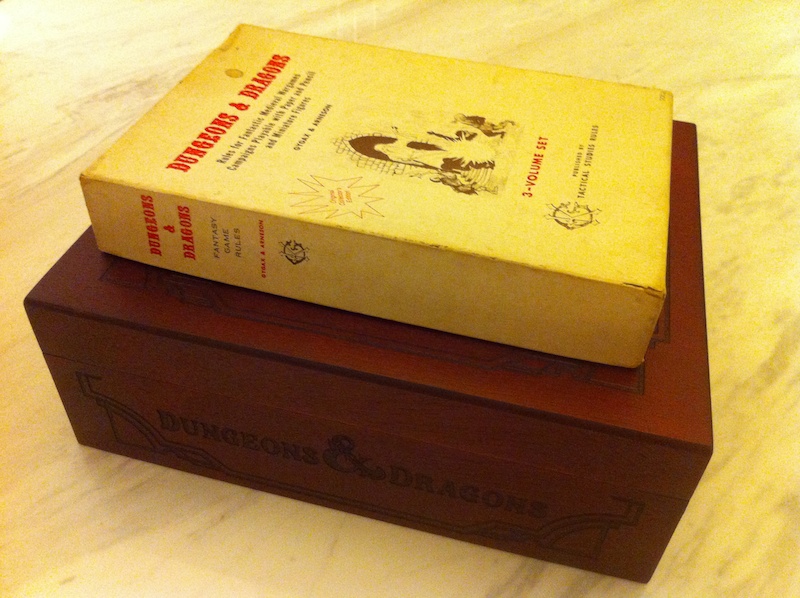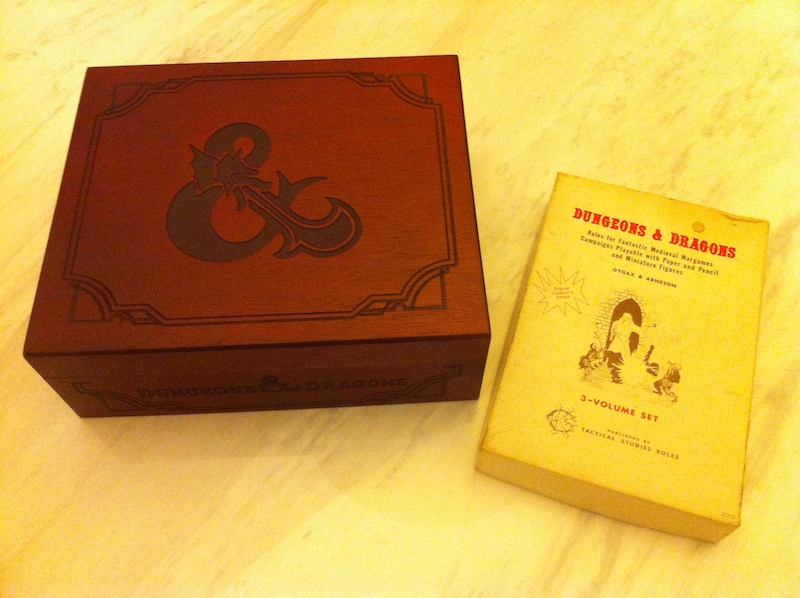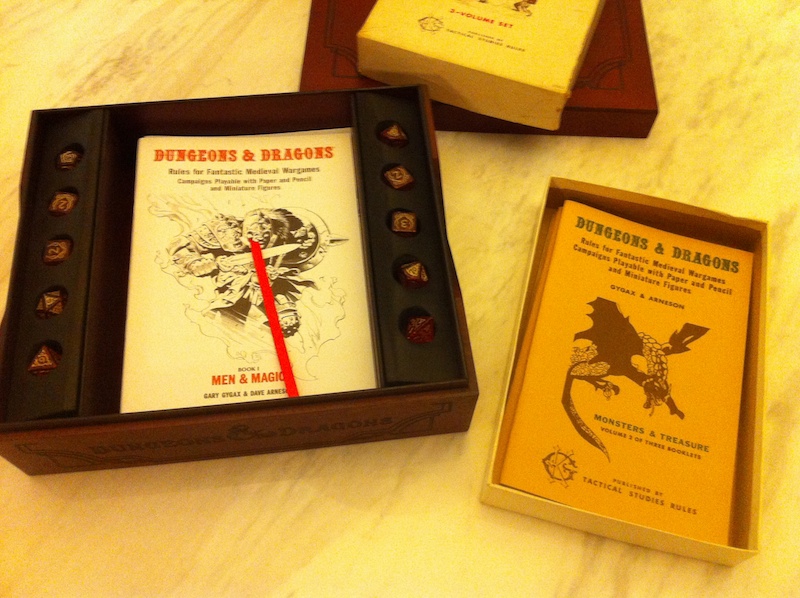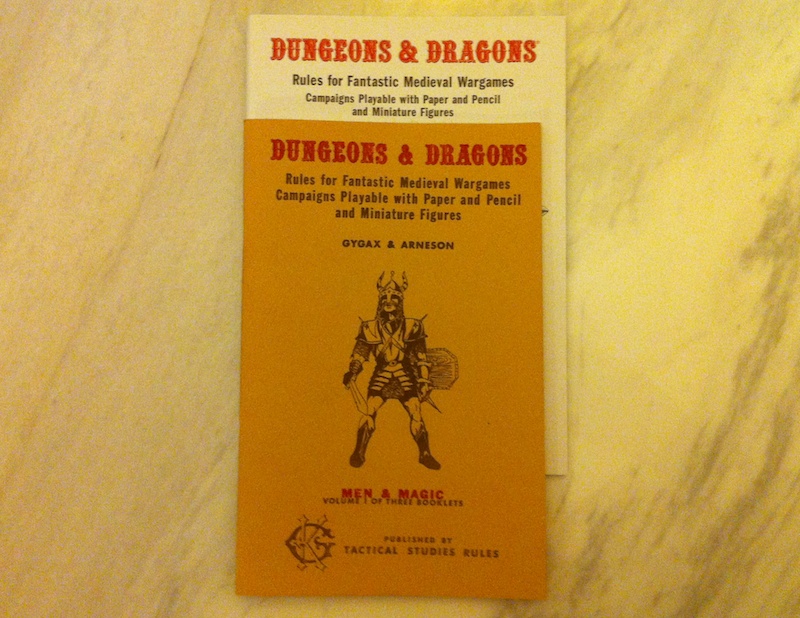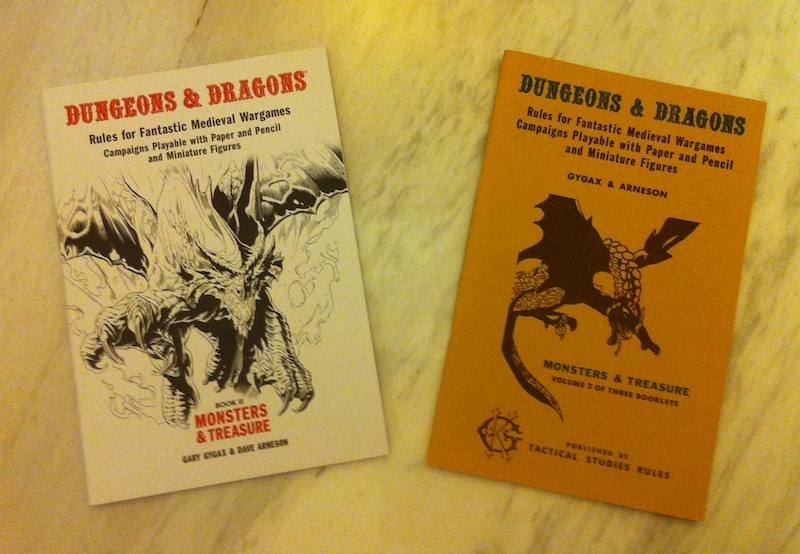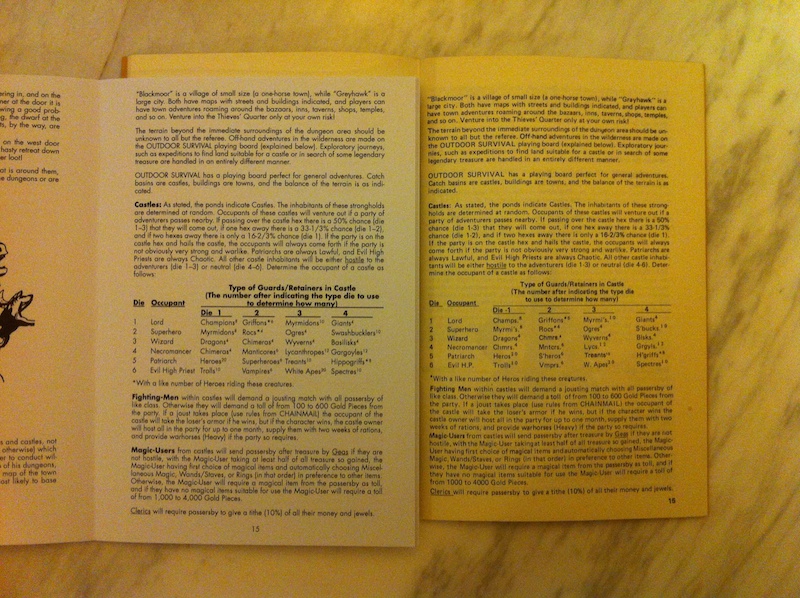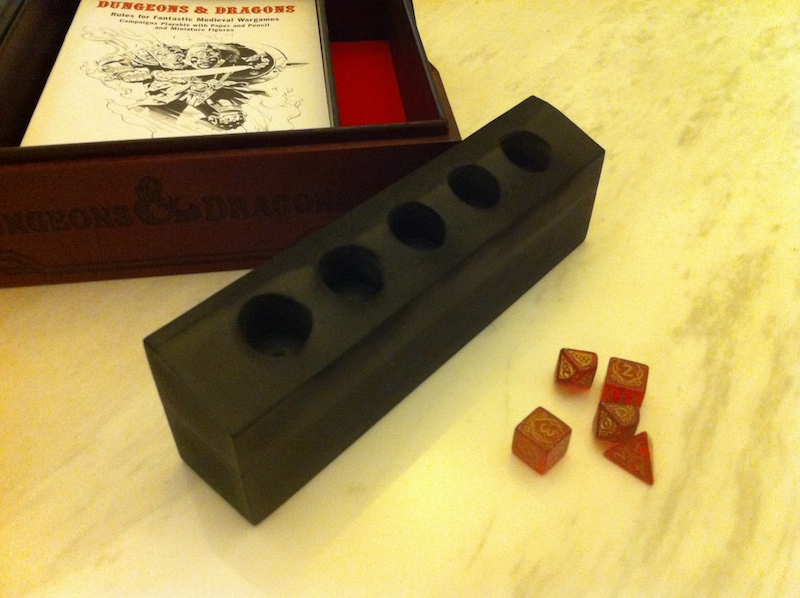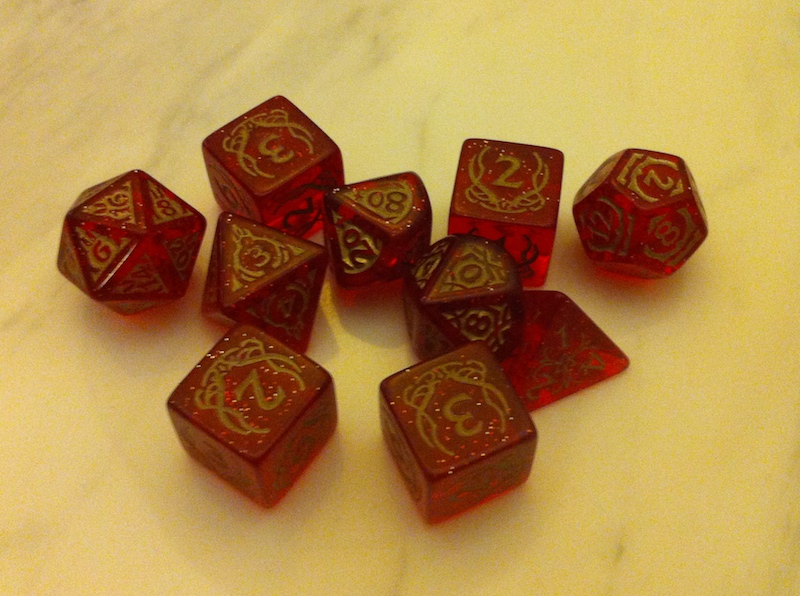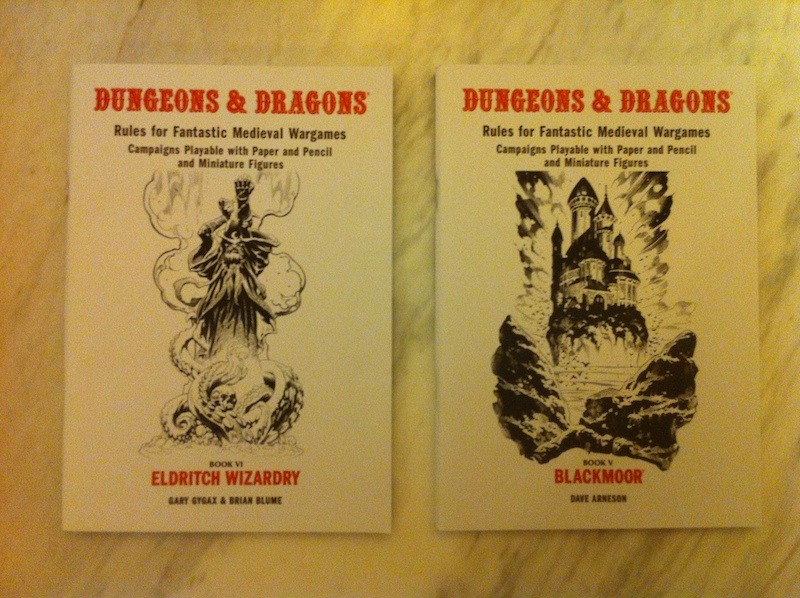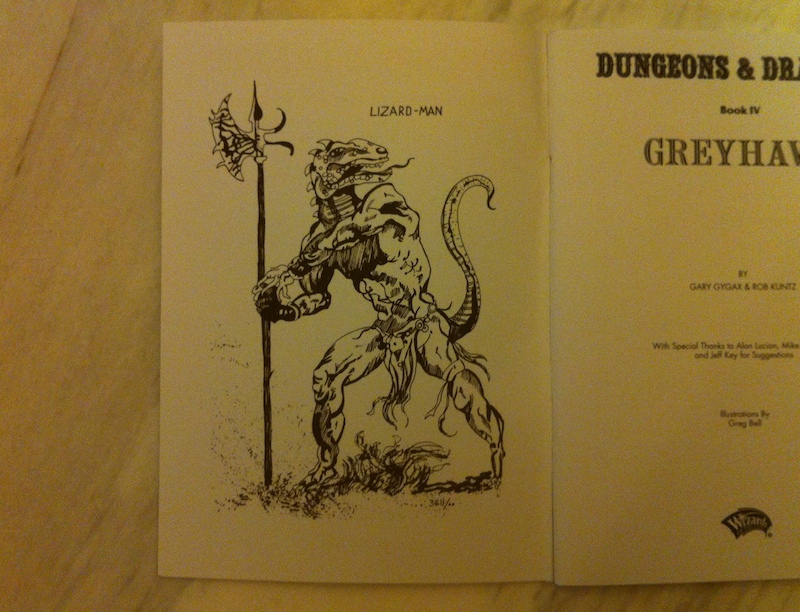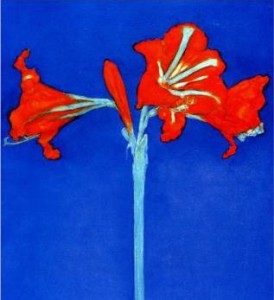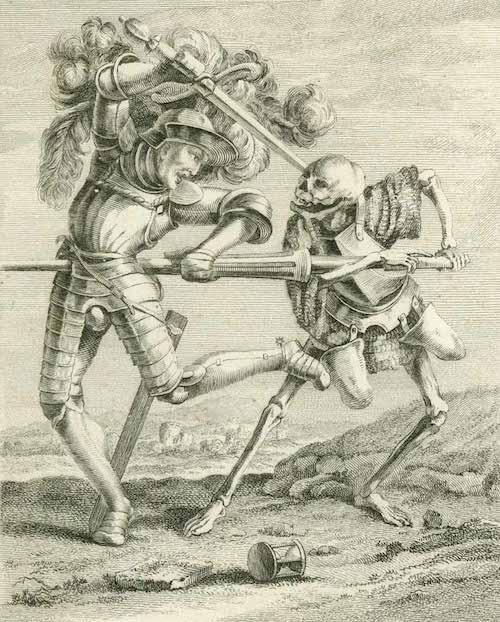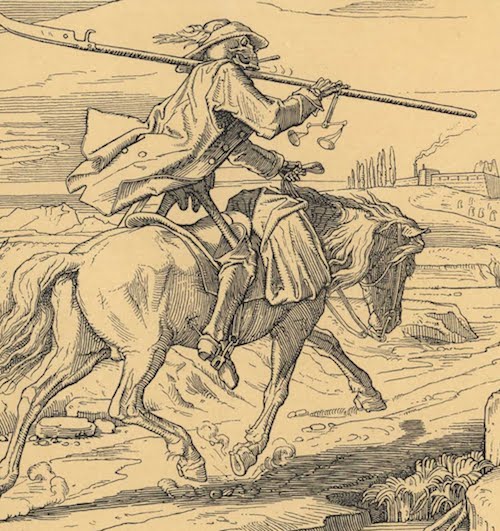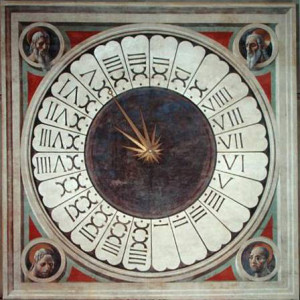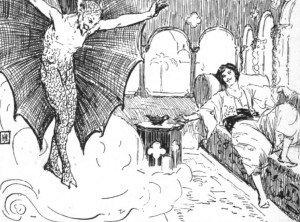
Image by Henry Justice Ford (source)
I was just recently glancing through the D&D Classics PDF of Arabian Adventures, and thus reminded about the sha’ir class, which is a wizard that consorts with genies. Conceptually, the sha’ir shares space with the warlock as a class that derives magic from powerful, but probably sub-divine, entities. As written in Arabian Adventures, genies bring the sha’ir spells, which can then be cast. While the concept is great, the second edition mechanics leave something to be desired, so here is a simpler take on a similar idea.
A formatted PDF version of this class is available.
Genie binder class
- Hit dice, saves, and combat as magic-user
- Genie consultation (see below)
I do not generally do weapon or armor restrictions, but if I did the list would be dagger, staff, scimitar, and light (leather) armor.
Unlike most sorcerers, genie binders do not use magic directly. Instead, they study the cosmic bureaucracy and compel services from minor genies. These minor genies have an aspect which determines the nature of their magical powers. Sample genie aspects include fire, time, desire, storms, and so forth (appropriate aspects should be less general and more specific).
Between downtimes, a genie binder may compel a number of genie services equal to class level. Thus, a third level binder may compel three services. Bound genies are not generally helpful types, and delight in following commands to the letter and twisting meaning where possible.
Services include commanding the genie to:
- Perform a complex task
- Retrieve a magic spell from another dimension
- Engage in combat for an encounter
The material form of a bound genie becomes more impressive as the genie binder gains experience levels. At first level, bound genies are small, usually humanoid, creatures of between one and two feet tall with otherwise unique (but fixed) characteristics that reflect a genie’s particular cosmic aspect. They maintain their general form but increase in size and power as the binder’s experience level increases. Bound genie hit dice and combat stats while in material form are as a magic-user of one level lower than the binder (and thus as a zero level person for first level binders) with an armor class bonus equal to genie binder level. Slain genies are not fully destroyed, but merely banished to genie-land, and can be summoned back as a downtime action.
Bound genies have the ability to fly and to inhabit a specially prepared talisman (such as a lamp, jar, or other solid container which is equivalent to at least one encumbrance slot).
A genie binder may only ever have one bound genie in service, but may dismiss that genie at any time and summon another (as a downtime action). Binding a new genie only has a 3 in 6 chance of success, however, so previously bound genies are not generally dismissed lightly, though dismissal is the only way for a genier binder to gain access to a genie with a different aspect.
Retrieving magic spells
Bound genies may be sent to retrieve magic spells. Any spells sought must be related to the genie aspect (by referee ruling). For example, a genie of desire aspect would be able to retrieve charm person, but not fireball. Spells from any spell list may be used with referee permission. The maximum spell level of retrieved spells is equal to binder level divided by two, rounded up and a genie can hold only one spell at a time (the spell must be used before another spell can be retrieved). Fetching a spell takes one exploration turn per spell level.

